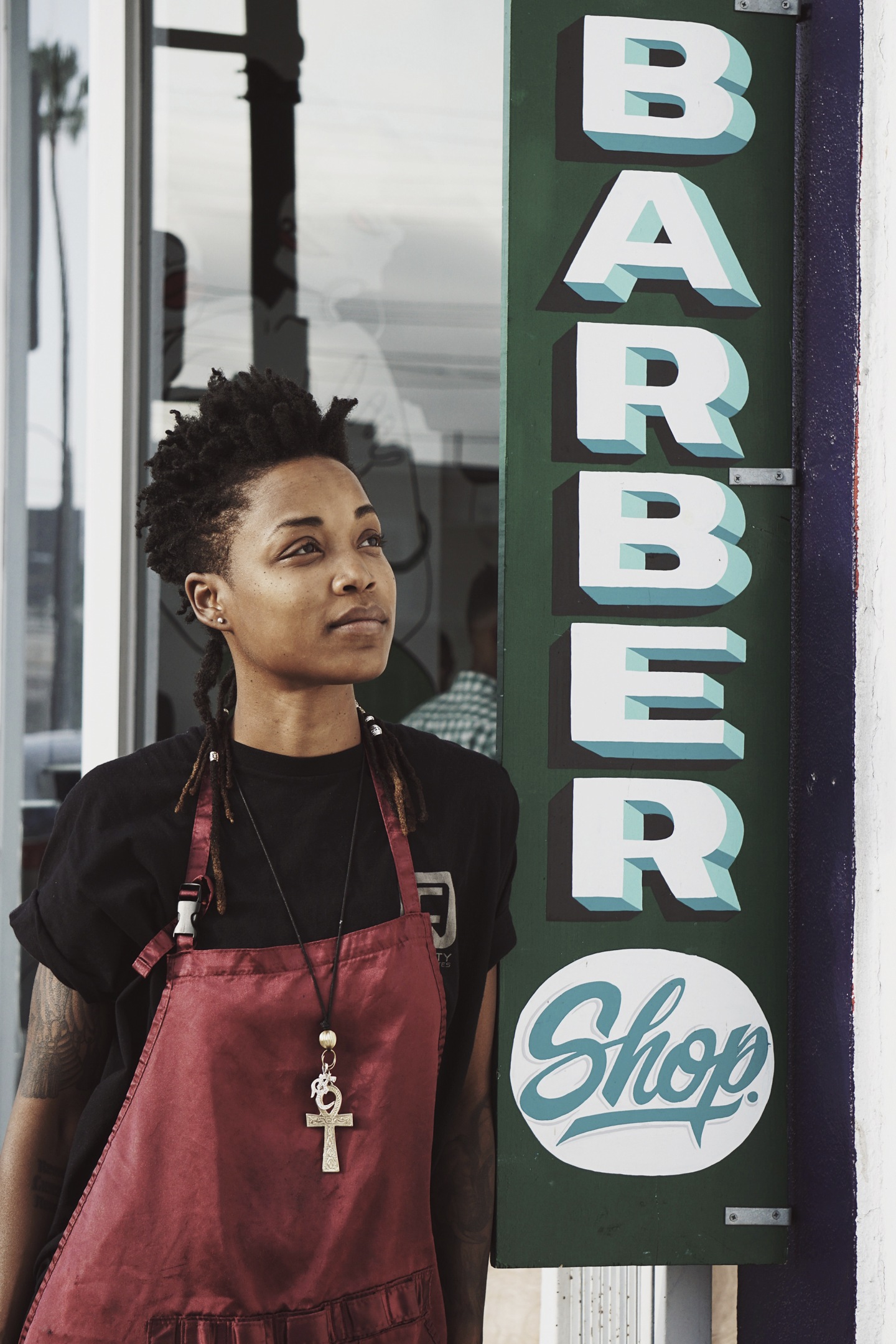While visiting a hair professional, having the ability to clearly describe your desired hairstyle is vital for reaching the intended appearance. A well-defined description enables the stylist interpret your expectation and minimizes the chances of miscommunication. To make sure that you get the haircut you want, it is necessary to prepare in advance and consider several critical factors when expressing your preferences. These factors include hair cut, consistency, style, and any specific elements that you would like to add.
Firstly, consider the length of your hair. Haircuts can range from very short styles like pixies to long layers that fall below the shoulders. It is helpful to specify whether you want a trim, a significant cut, or a complete transformation. Using precise terms such as "shoulder-length" or "mid-back" can provide clarity. Additionally, discussing the possibility of bangs or layers helps the stylist visualize your request more accurately. Being clear about how much length you wish to maintain or remove will significantly influence the outcome of your haircut.
Secondly, tress texture serves a key role in determining how a style will look. Different textures—such as straight, wavy, ringlet-filled, or coily—react uniquely to specific styles. When describing your preferred haircut, it is important to note your tresses’ natural texture and whether you plan to use any hair tools or products. For example, if you have dense strands, you may want to ask for de-bulking methods to reduce bulkiness. Alternatively, if your hair is thin, you might seek layers that add volume. This detail allows the professional to tailor the style based on how your hair responds.

In conjunction to hair length and structure, discussing the overall style you want can offer direction for the hair professional. There are numerous hairstyles to choose from, including timeless styles like bobs and modern options like angled cuts. It is helpful helpful resources to share references of hairstyles that appeal to you—these could be images from print media or social media platforms. Highlighting specific features such as blended lines, sharp lines, or graduated layers can help expressing your idea more effectively. This ensures that both you and your hair expert are on the same understanding regarding style direction.
Lastly, don't neglect to include any unique features that might elevate your hairstyle. This could include aspects such as facial structure or individual aesthetic choices that affect the overall look. For instance, those with circular face shapes might lean toward gentle contours to elongate their appearance, while clients with angular face shapes may opt for softer layers to diminish their jawline. Furthermore, talking about color options can also be part of this conversation; specifying if you want accent tones or a solid color can better shape your desired result.
In conclusion, successfully conveying your ideal haircut requires thoughtful consideration of several key elements: length, texture, style, and distinct traits. By planning in advance and being clear about these aspects, individuals can greatly improve their experience at the salon and increase the likelihood of leaving with a haircut they link are happy with. A productive consultation with a stylist is founded upon clear communication and mutual understanding. This team effort ensures that both client and technician work together towards creating the desired outcome.